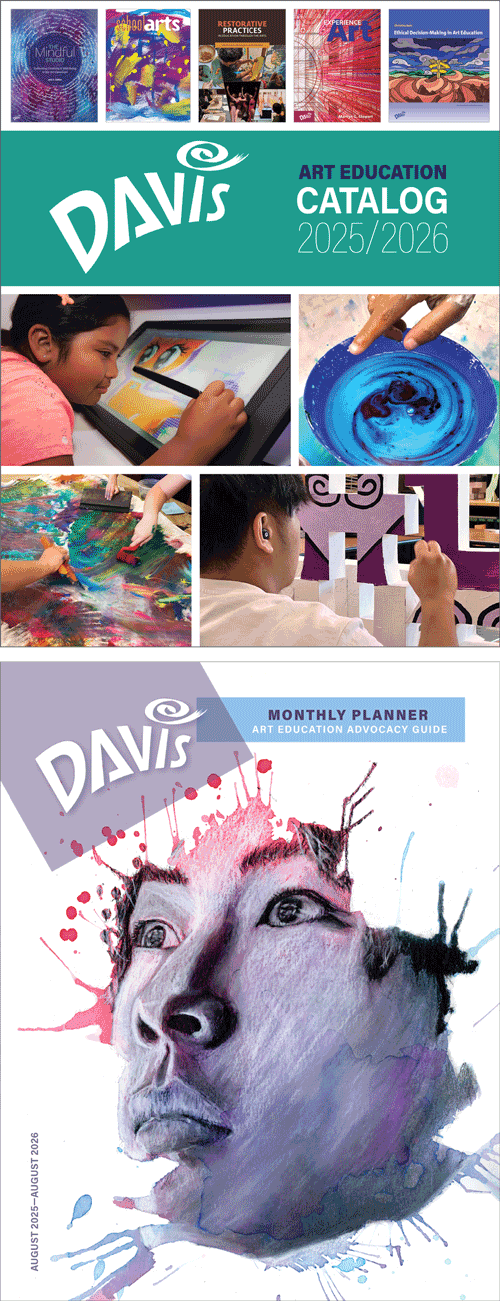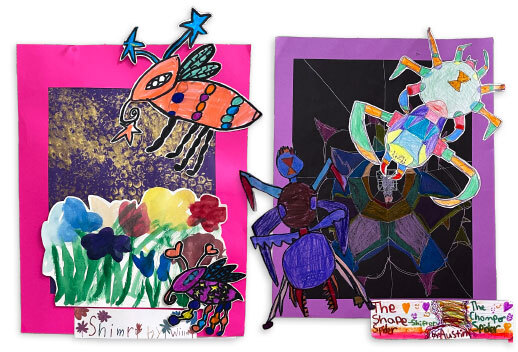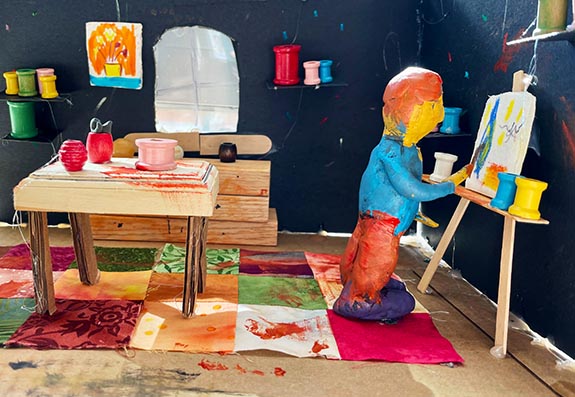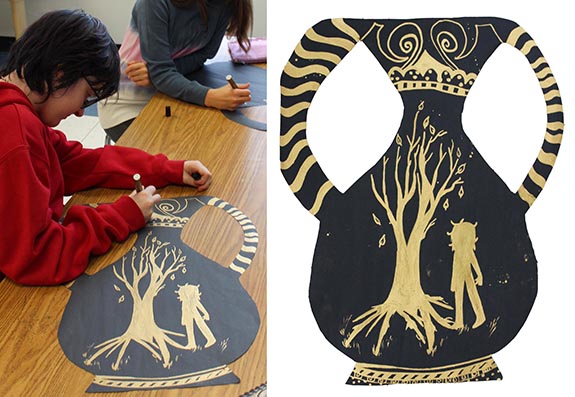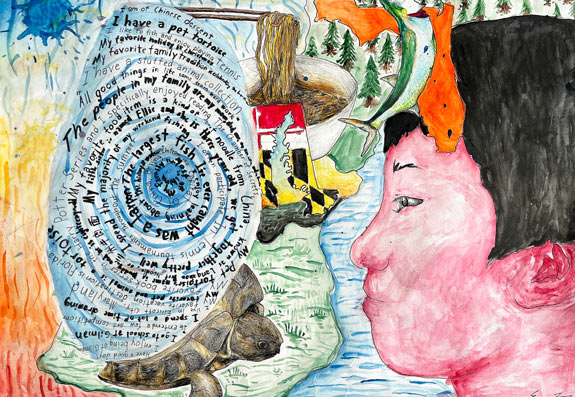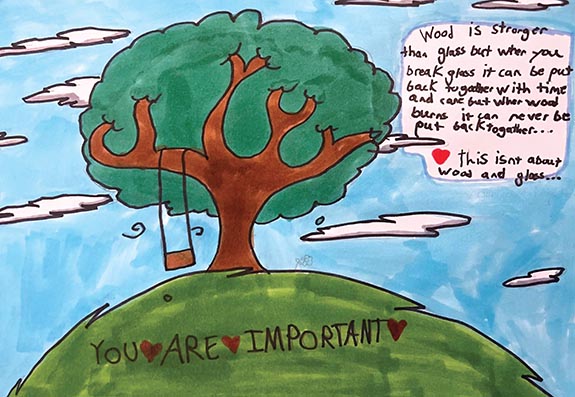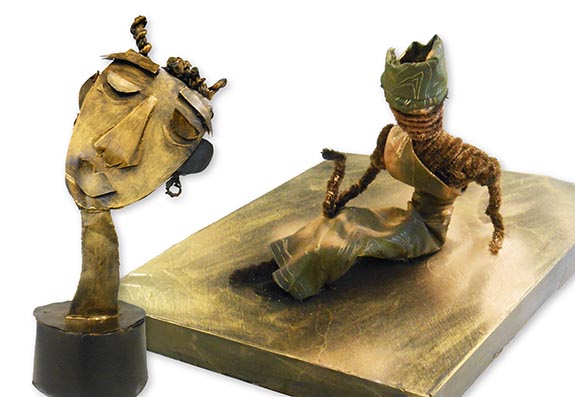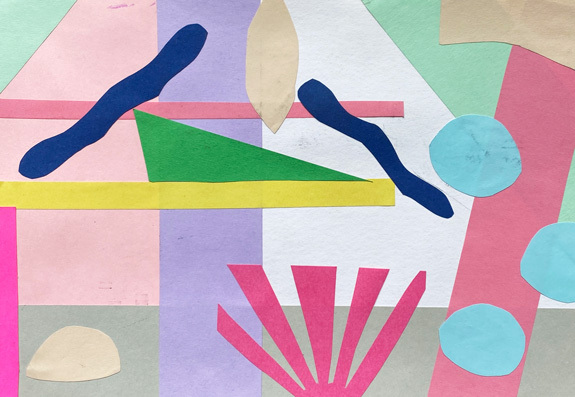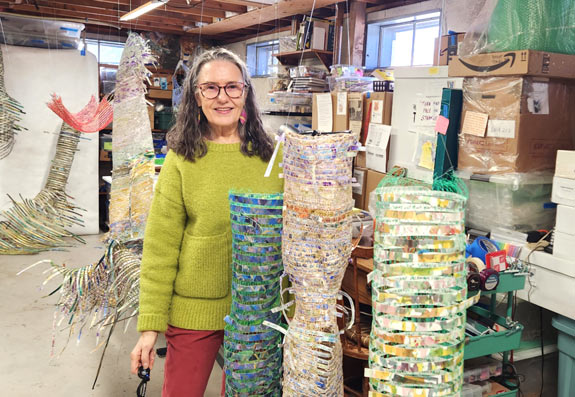Contemporary Art in Context
Stitched Experiences
Many cultures around the world have valued fiber art for centuries, and since the mid-twentieth century, it has attained the status of fine art. Artist Virginia Mahoney has brought a deeply personal touch to the realm of fiber arts, creating sculptures that contain highly personal narratives in the form of written and stitched words, often adorning works that evoke the human form. Her vessel forms serve as a means of preserving, remembering, and processing her thoughts as she continues on her artistic journey.
View this article in the digital magazine.

